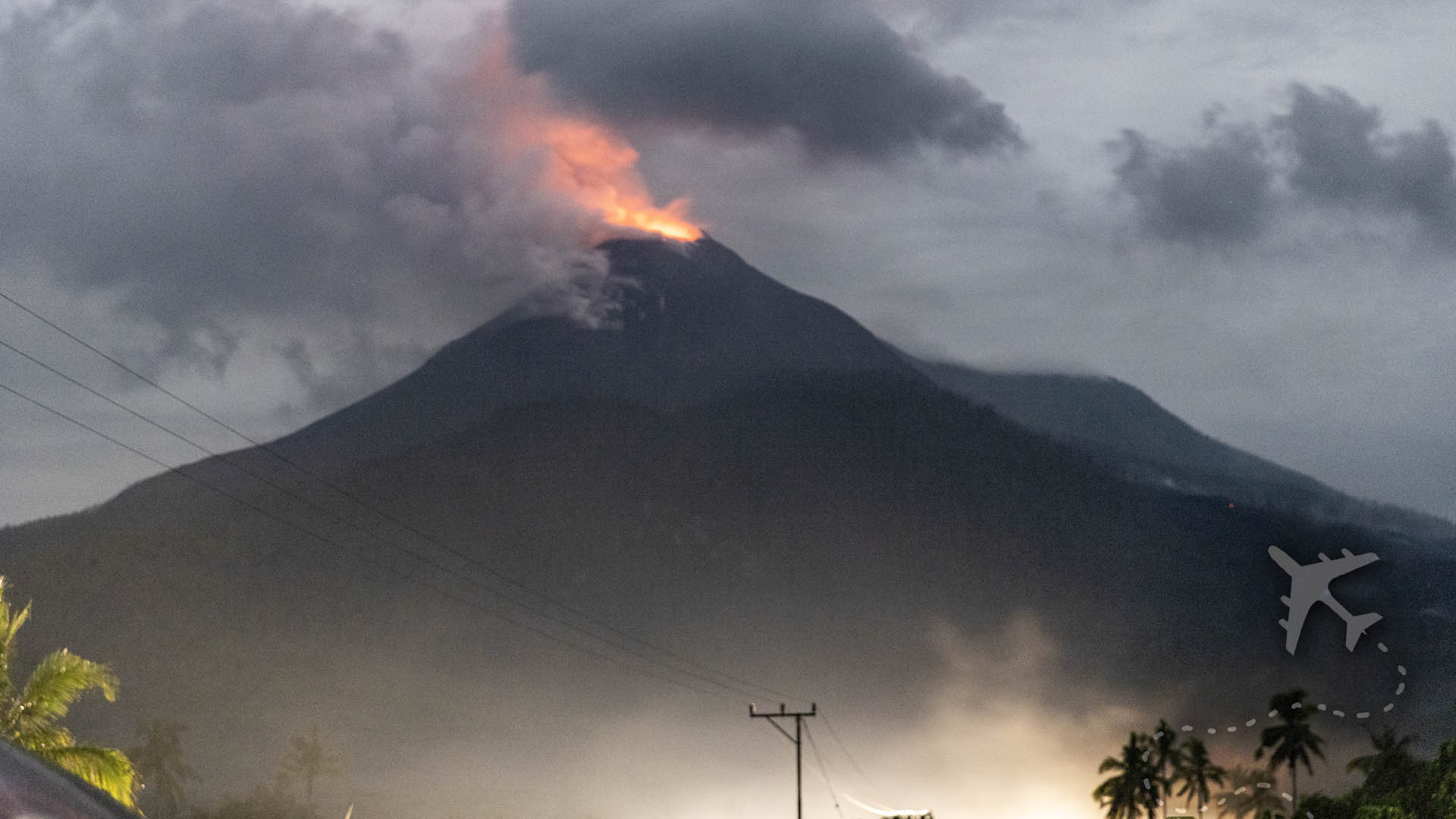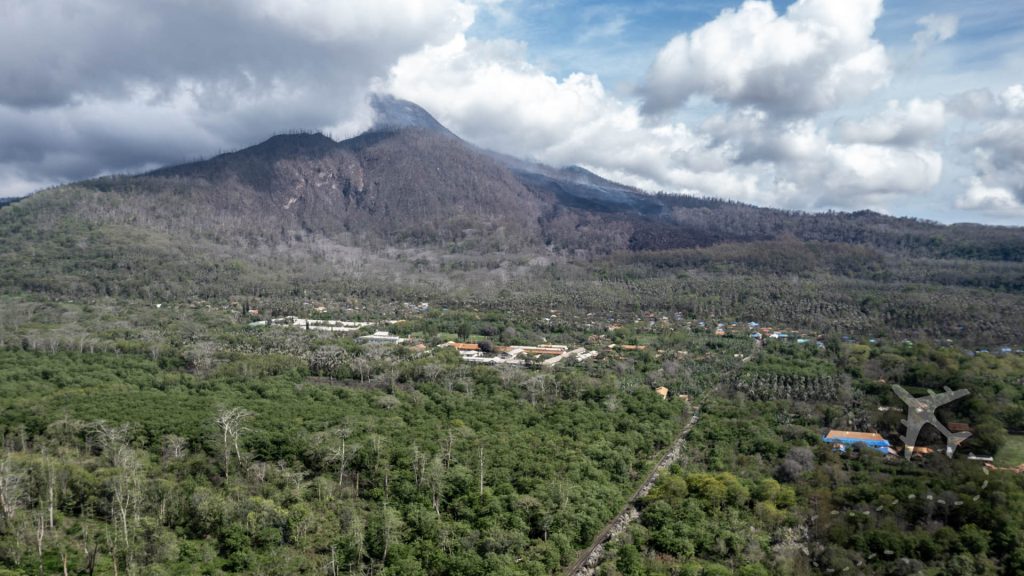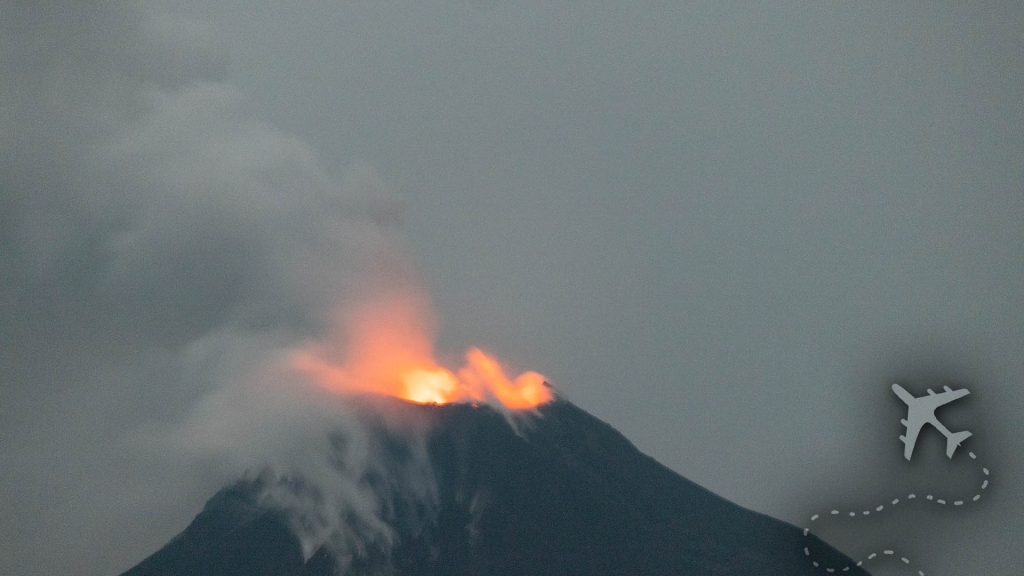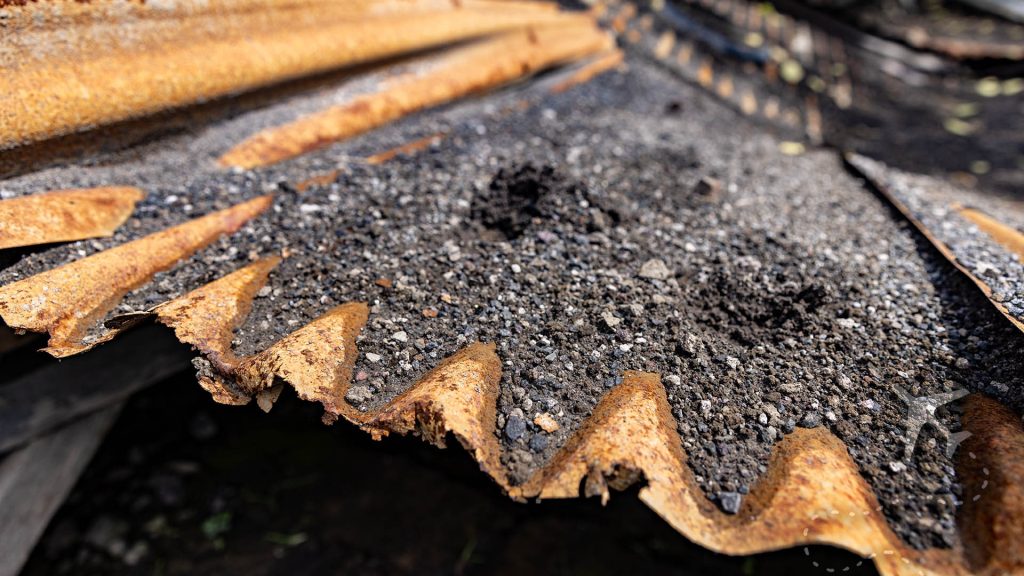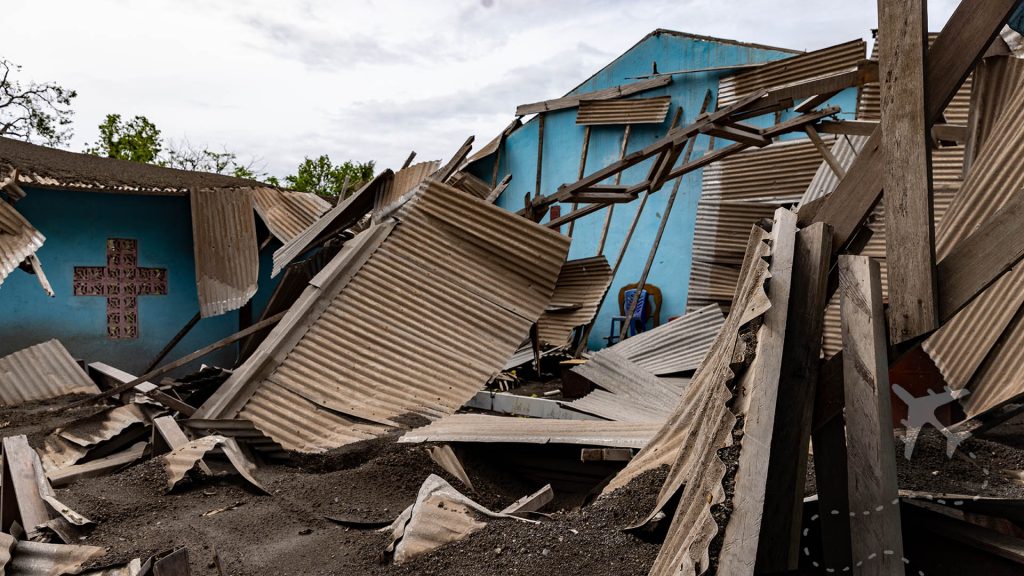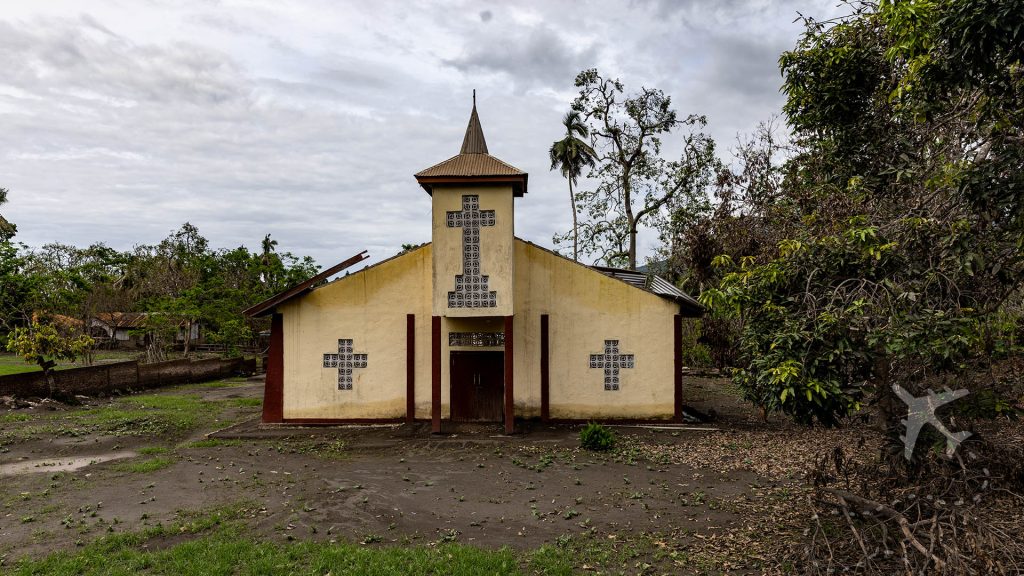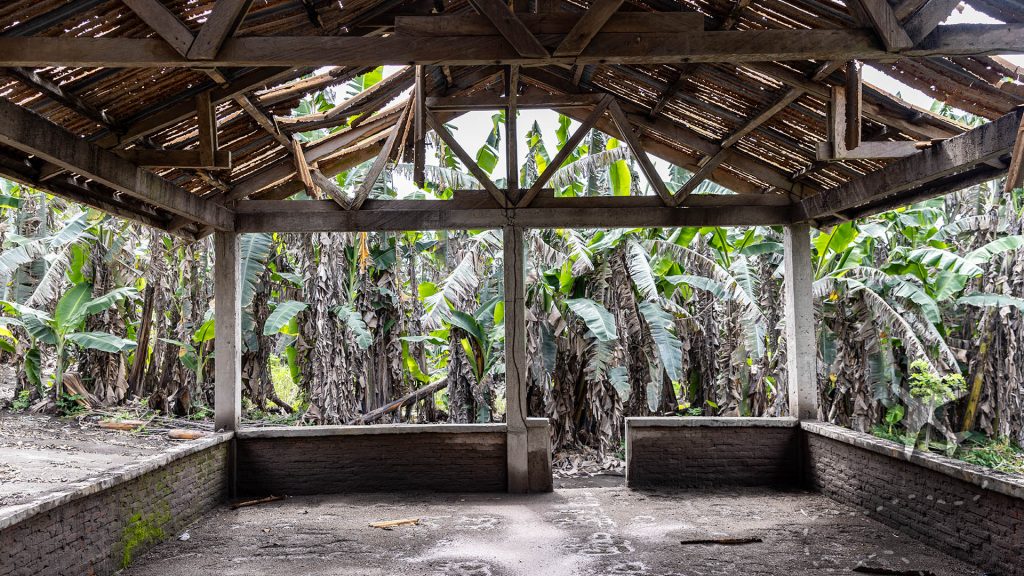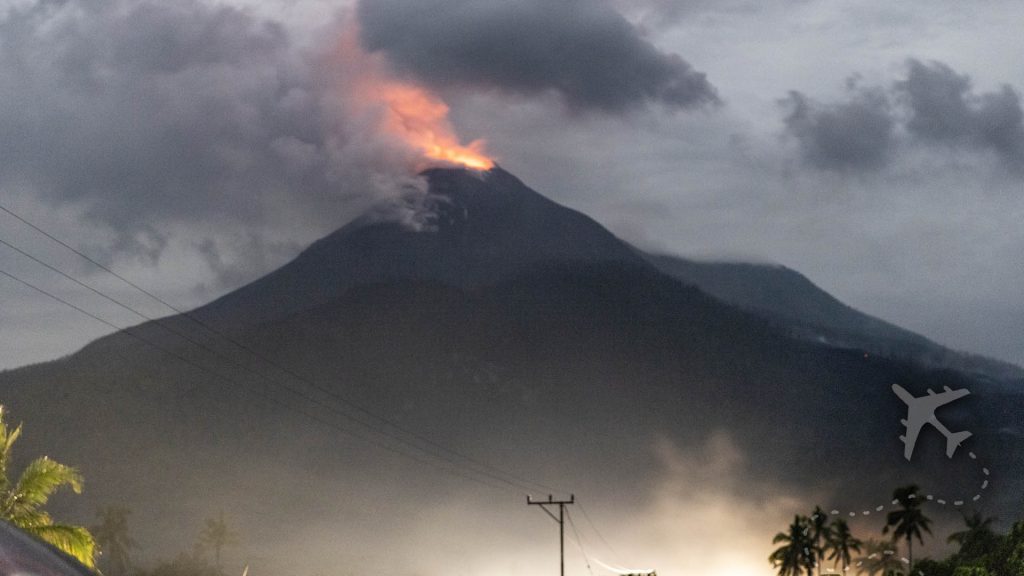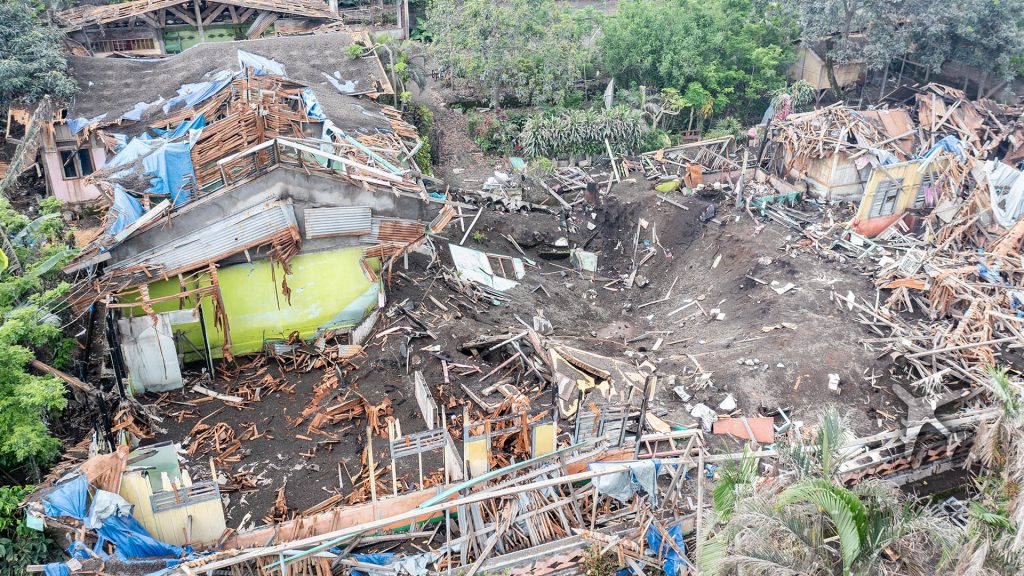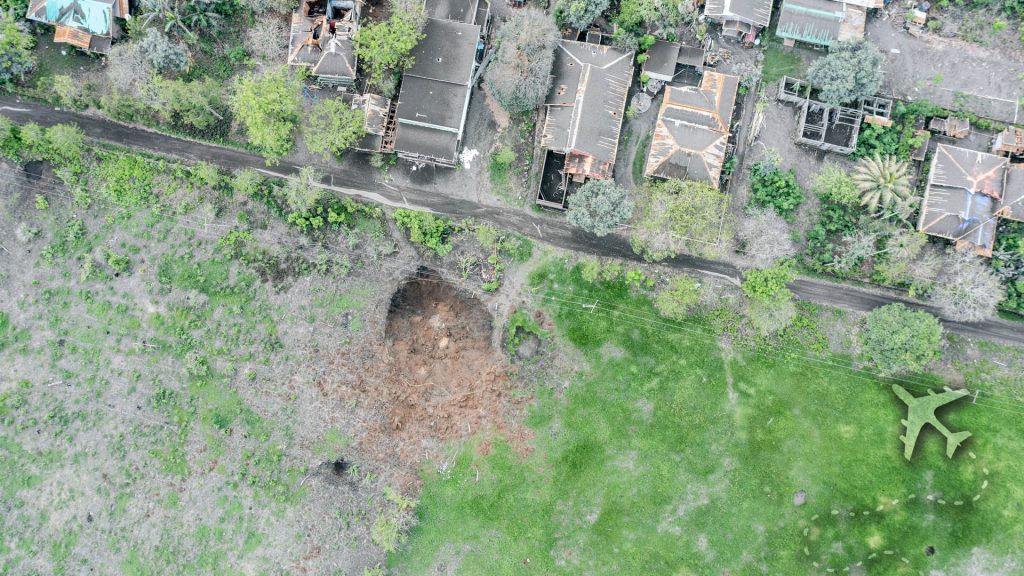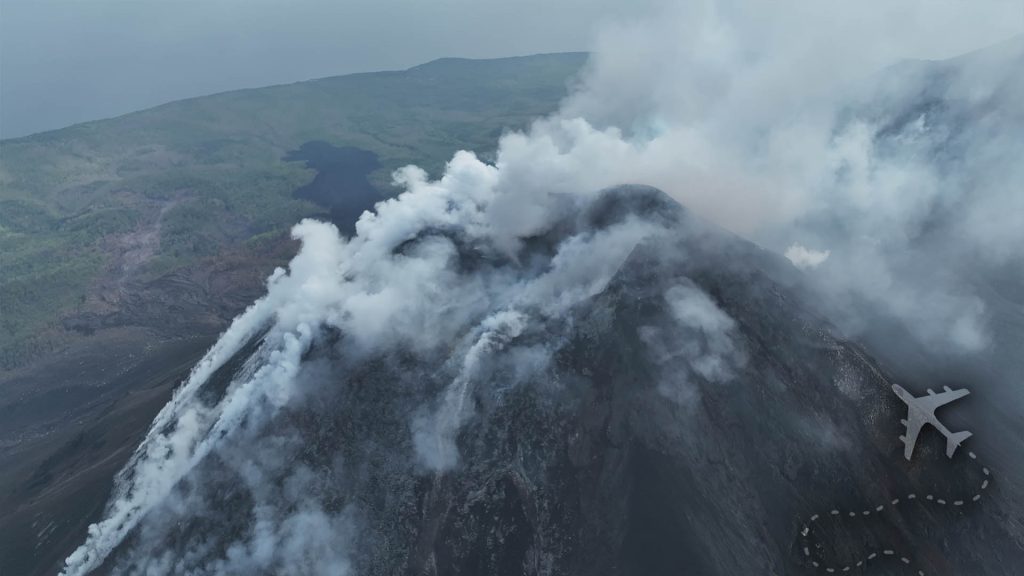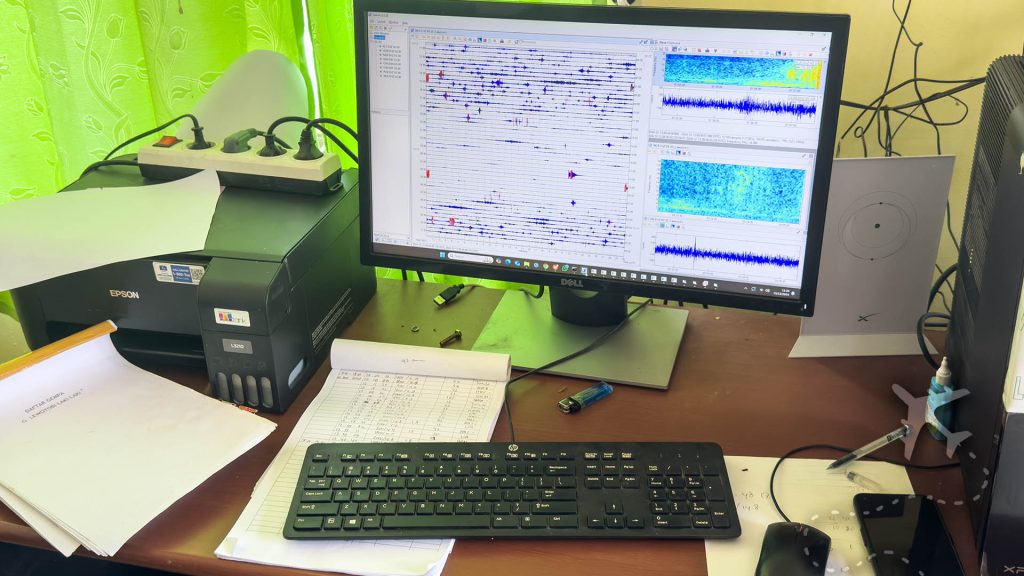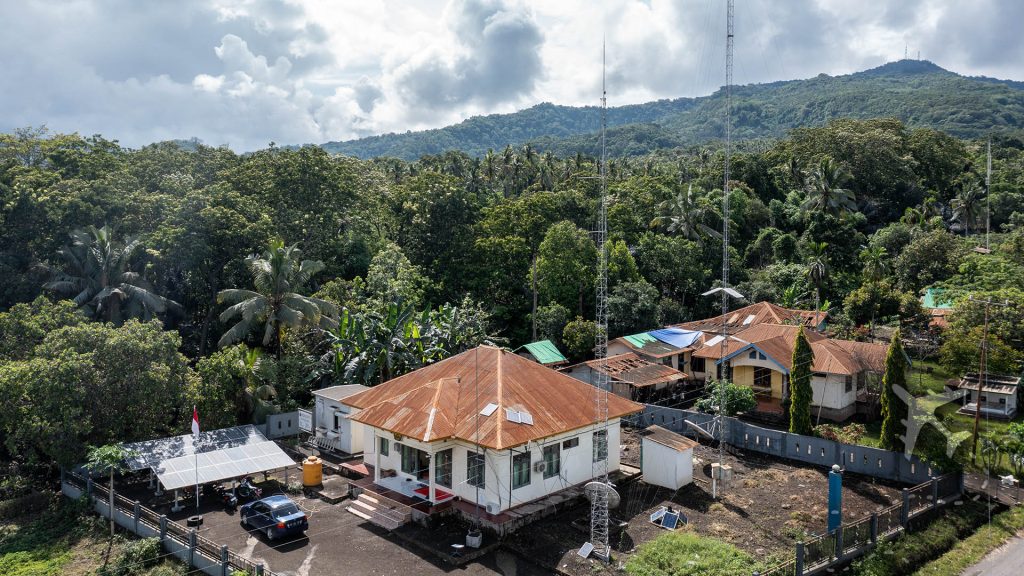Nestled on the Indonesian island of Flores, the Lewotobi volcanic complex is a natural marvel with a fiery temperament. Comprising two peaks, Lewotobi Perempuan (“female”) and Lewotobi Laki-Laki (“male”), this twin-volcano system is a testament to nature’s beauty and power. While both peaks have made their mark in history, Lewotobi Laki-Laki recently claimed the spotlight with its dramatic eruption in mid-November 2024, reminding us of the volatile relationship between humanity and the Earth’s crust.
Destination: Lewotobi Laki-Laki Eruption
CURRENT WEATHER
overcast clouds (28 C / 82 F)
![]()
AIR QUALITY INDEX (AQI)
Good (9)
A Brief History of Lewotobi Volcanoes
The Lewotobi volcanic complex is part of the Pacific Ring of Fire, where tectonic plates clash, creating some of the world’s most active and iconic volcanoes. Over the centuries, the Lewotobi volcanoes have developed a reputation for their sporadic but devastating eruptions.
Records of volcanic activity at Lewotobi date back to the early 1600s. The twin peaks are culturally significant to the local Lamaholot people, symbolizing balance and duality in nature.
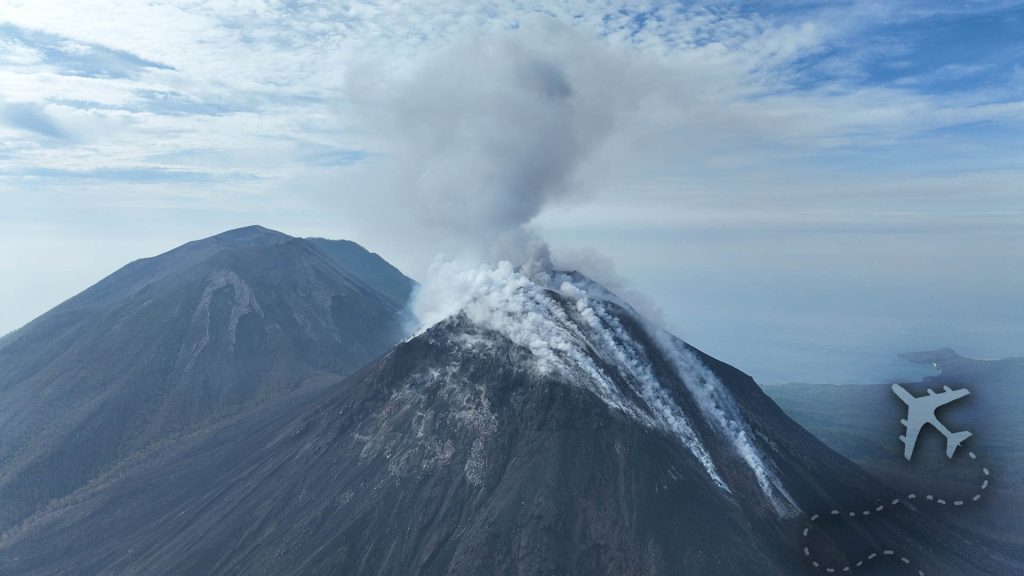
However, eruptions from these peaks, especially Lewotobi Laki-Laki, have been anything but balanced. Past events have seen pyroclastic flows, lava fountains, and ash clouds darkening skies, forcing evacuations and devastating agricultural lands.
2024 Eruption: A Modern Tragedy
In November 2024, Lewotobi Laki-Laki erupted with a fury unseen for decades. Seismic activity had been rumbling for months, but the main event began on November 13, when explosions rocked the mountain. Ash columns soared over 10 kilometers into the atmosphere, spreading acceptable volcanic debris across Flores and neighboring islands.
The destruction was swift and harrowing. Several villages nestled along the volcano’s flanks, including Natar and Iliwuli, bore the brunt of pyroclastic flows and lava surges. A 5-meter wide impact crater is located near the Monastery and serves as a sobering reality of how destructive Mother Nature can be.
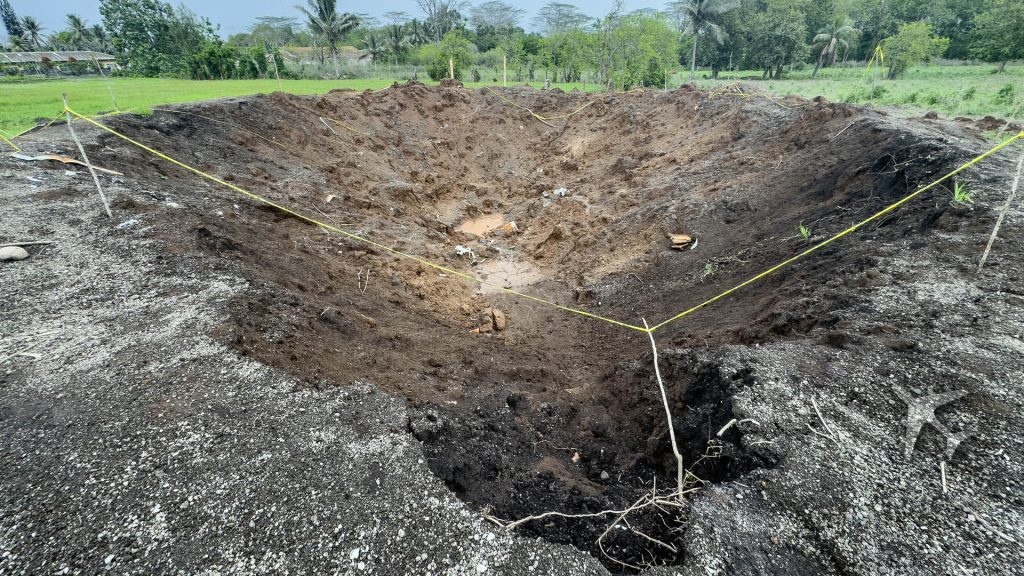
Entire communities were wiped out, with many residents forced to flee, leaving behind homes, livestock, and livelihoods. Over 7,000 people were displaced, and humanitarian efforts have been racing to relieve affected residents in the evacuation area.
Ashfall blanketed nearby regions, contaminating water supplies and grounding flights. The agricultural economy, heavily reliant on fertile volcanic soil, now faces an uncertain future due to the layers of ash and debris coating fields.
Lewotobi’s Eruptive Past: A Pattern of Power
Lewotobi Laki-Laki’s past eruptions provide a chilling context for the November 2024 events. Its most notable eruptions in 1862 and 1932 caused similar destruction, with villages reduced to ash and lava-carved landscapes that remain scarred today. These eruptions are unpredictable, often starting with minor steam emissions before escalating into explosions.
The Potential Future: What Lies Ahead?
The November 2024 eruption is unlikely to be Lewotobi Laki-Laki’s final act. Volcanologists believe the volcano remains highly active, with magma chambers that could feed future eruptions. While technology now offers more accurate early-warning systems, the unpredictability of such events remains a challenge.
For travelers and volcano enthusiasts, Lewotobi presents both risk and reward. The volcanic complex’s haunting beauty, cultural significance, and geological allure make it a must-visit for those drawn to the power of nature. However, exploring this region requires flexibility and immense respect for its volatility.
Visiting Lewotobi: Tips for the Intrepid Traveler
- Respect Local Customs: The Lamaholot people consider Lewotobi sacred. Engage with locals to learn about the cultural significance of the volcanoes.
- Safety First: Stay updated on volcanic activity through the Indonesian Center for Volcanology and Geological Hazard Mitigation (PVMBG). Avoid trekking during heightened seismic activity.
- Be Prepared: Carry protective gear like masks and goggles in case of sudden ashfall.
- Explore Responsibly: Consider eco-tourism options that benefit local communities recovering from the eruption.
Lewotobi Uncensored
Lewotobi’s devastation and ongoing eruptions created significant logistical challenges. Most notable was the lack of accommodations; The Flores Island chain are very popular with visitors to Labuan Bajo and the Komodo National Park; however, outside of Labuan Bajo, and especially in the rural Wulanggitang region, hotel accommodations, and even homestays were non-existent, especially near Lewotobi. The lack of lodging and the winding mountain roads throughout the 2-day drive to the area left me with long odds of seeing this volcano up close.
My stop over at the Happy Dive Retreat just outside of Maumere introduced me to one of the owners, who recommended visiting the Volcano Observation post to see if they could help.
After a few short hours of rest, I set course for the Lewotobi Volcano Observation post, a mere 5 kilometers from the volcano. I met some of the friendliest local geologists and vulcanologists who graciously allowed me to crash with them overnight to photograph Lewotobi.
In the observation post, I learned about their processes, how they monitor the mountain, and the recent events at Lewotobi Laki-Laki. While the 2024 eruption has left scars on Flores, it also highlights its people’s resilience and the volcanoes’ hypnotic allure. Whether you’re a traveler seeking adventure or a geology enthusiast, Lewotobi offers a journey through beauty, danger, and history.
Just remember: the volcano may slumber, but it never sleeps.


